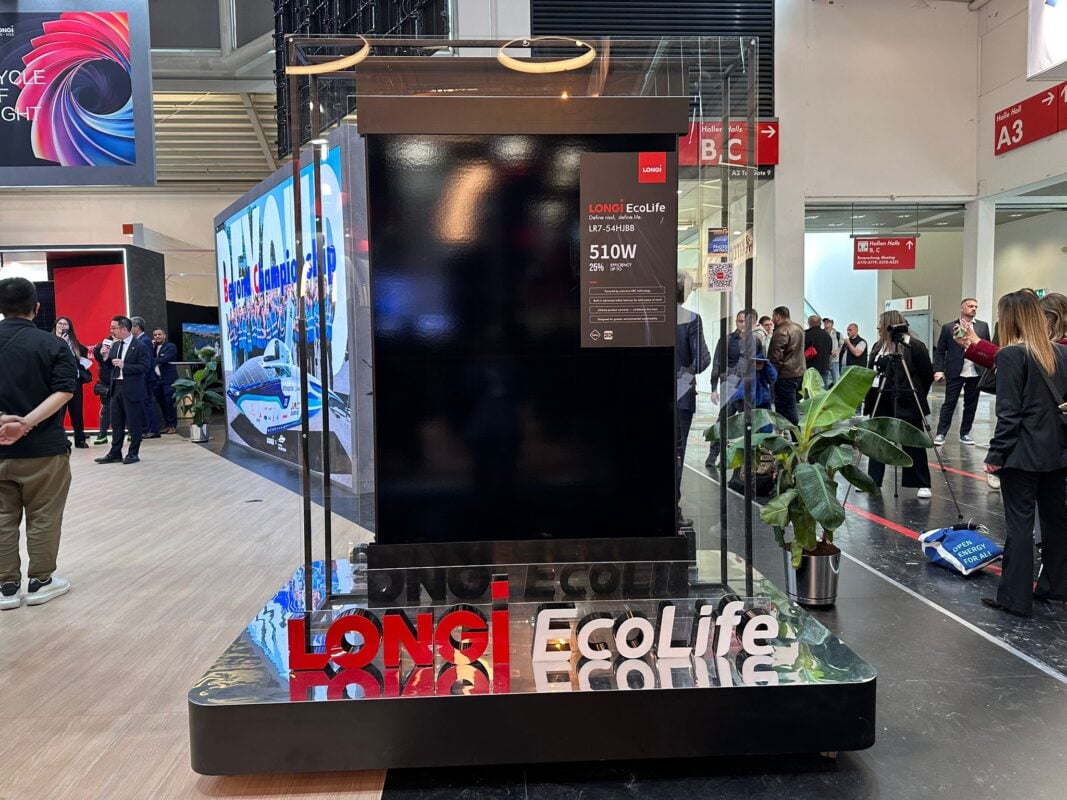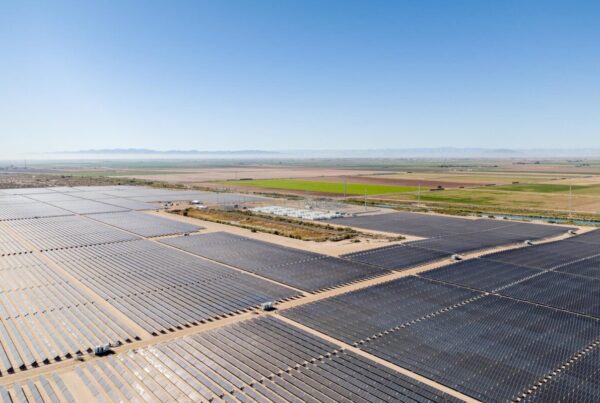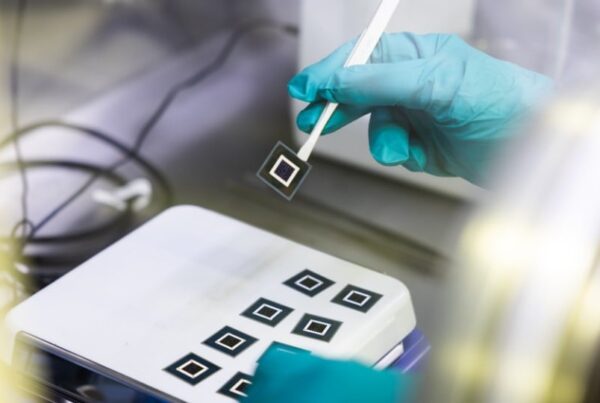
Specifically designed for use in the residential solar sector, the bifacial modules, the first in the EcoLife series, includes 54 cells and a maximum power output of up to 510W.
This is the first time the technology has been implemented with BC technology in a commercialised module, according to the company, which expects the EcoLife series to be available in Europe this August.
The incorporation of HJT and BC technologies into an HJT cell combines HJT’s high-efficiency passivation with the design of BC’s multi-surface light absorption. By doing so, it achieves a full-surface passivation from all angles, reducing metal recombination loss to zero and enabling open-circuit voltage of over 750mV.
According to the Chinese solar manufacturer, the EcoLife series aims to combine high performance with enhanced safety, long-term reliability and a streamlined aesthetic suited for compact rooftop environments.
LONGi’s EcoLife series reaches a cell efficiency of 27.3%, while its modules’ output can increase rooftop installation capacity by up to 9%, according to the company.
Moreover, the EcoLife series features an ultra-low temperature coefficient of -0.24%/°C, which limits performance losses under high-temperature environments, while the first year degradation sits at 1% and the following years have an annual rate of 0.35%. It withstands snow loads up to four meters (6,000 Pa) and Category 15 hurricane winds (3,600 Pa) and holds a Class A fire safety rating.
This new module also uses the company’s proprietary TaiRay wafer, which increases its rupture resistance by 16% and reduces surface collapse under stress. This wafer is 10μm thicker than other wafers used in the industry.
Finally, the welding structure of the full back contact one-line reduces cell edge stress, thus improving the module’s anti-cracking performance, according to LONGi. The module also features bipolar passivation technology on its front, sides and back.





